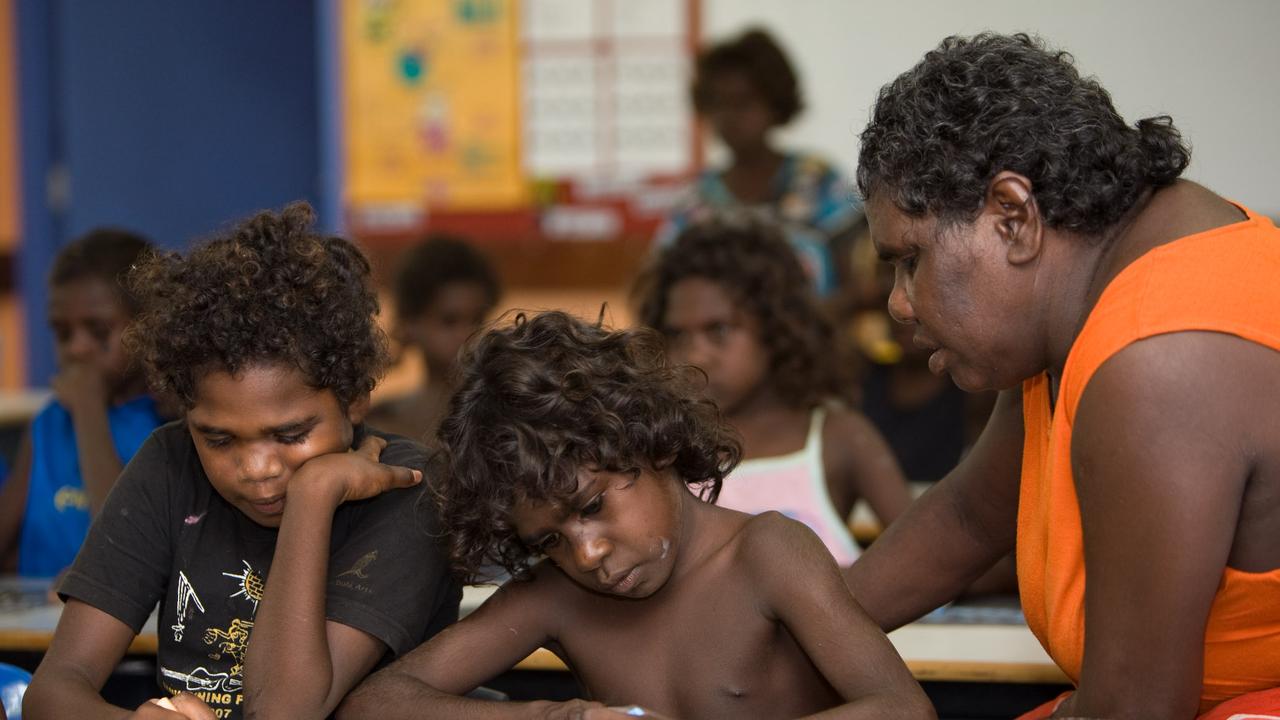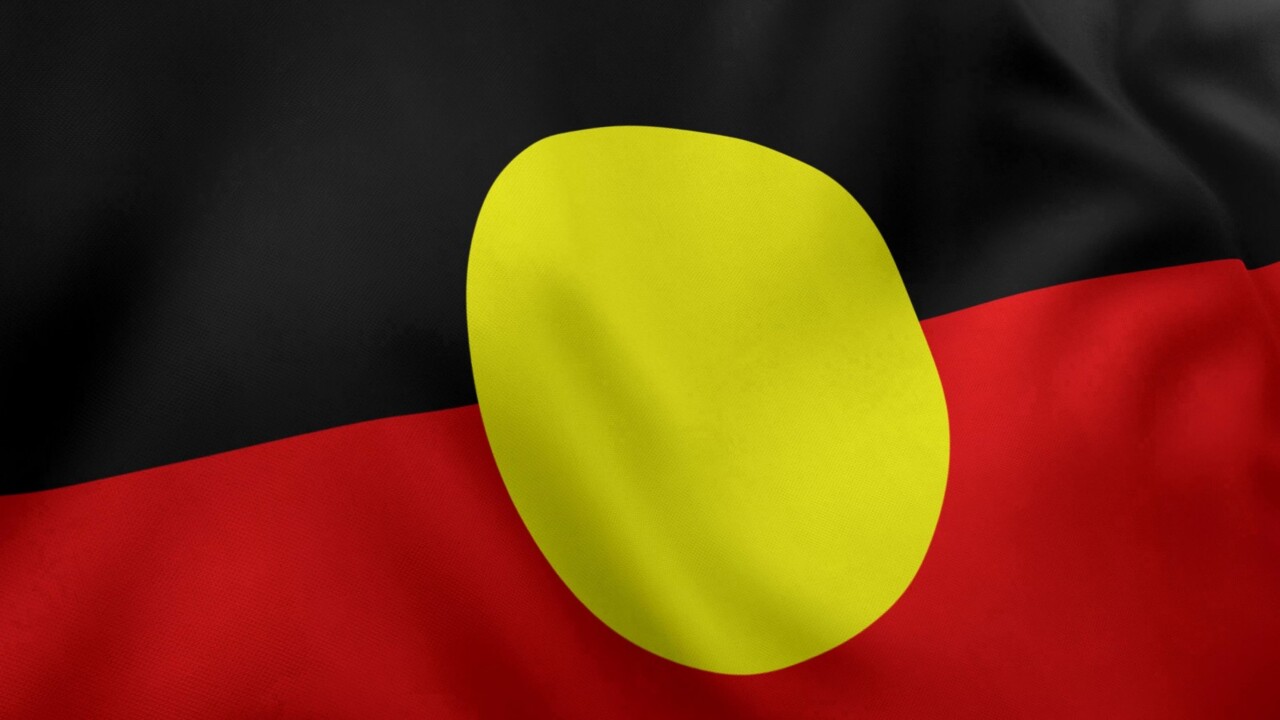Why Indigenous literacy needs voice to balance the ledger

Its powerful conclusion was that the only way to improve the lives of Indigenous people, generation by generation, was to engage in a mass adult literacy program. Without it, Indigenous communities would continue to struggle to connect to mainstream society. Even the most minor living tasks – compiling lists, sitting driver’s licence exams, accessing government and other services such as hospital and medical – remained out of reach without it.

The poor levels of Aboriginal literacy were an entrenched feature of modern Australian life, a hangover from colonial days when Indigenous families were ripped apart and young black women and men were pressed into domestic and manual labour for white settlers. Governments, bosses and mission managers paid only a fig leaf of attention to their education. In most cases, the universal right of a basic education was simply ignored.
Three years later, the Royal Commission into Aboriginal Deaths in Custody reinforced the urgent need for a mass literacy program. Its research showed illiteracy was an outsized problem in the Indigenous youth and adult prison populations. The commission’s report advised that lifting adult literacy levels would improve opportunities for disenfranchised Indigenous peoples by connecting them with mainstream opportunities. The recommendation was ignored. Thirty frustrating years on and there’s still no mass national adult literacy program. Around 40-70 per cent of adult Aboriginals still have poor or low literacy. The Gap is closing, painfully slowly, on education outcomes for children and young adults, but it’s heavy going for our older community.
If the recommendations of the task force and commission had been enacted, the trickle-through effect on the younger generations should by now be revealing stunning results: improved education levels, job opportunities, lower Indigenous rates of incarceration and numerous other social and economic benefits.

I’ve been talking for decades as a member of many inquiries and task forces about the imperative of lifting poor adult Aboriginal literacy levels – because doing so dramatically improves the living conditions of all Aboriginal people and provides significant return on investment to the taxpayer. The potential benefits are routinely acknowledged as powerful on every measurable score. And then very little happens.
So why are we here, in 2023, with a drearily repetitive pattern of one step forward, two steps back? It’s because Indigenous voices have not been given weight. We have not been given a respected platform that can’t be ignored to speak to government in a way that forces their attention.
I imagine a time when the work of the Literacy for Life Foundation, which I helped found, is front and centre of government thinking about solving Indigenous disadvantage. Our programs are based on an international low-cost, high-impact model that has raised the literacy levels of 10 million people in 30 countries over the past 15 years. It can be rolled out quickly, with stunning results achieved in less than a year.
In Australia, the Foundation trains local Aboriginal people to deliver evidence-based literacy programs back into their communities. Since the first program in 2012 in the NSW outback town of Wilcannia, it has been rolled out in 13 communities in NSW, Queensland and the Northern Territory. In Wilcannia, illiteracy in the Indigenous population has dropped by 20 per cent; in Bourke, by 24 per cent. Almost 400 graduates now have the life-affirming skill of literacy, and more than 50 Indigenous jobs have been created as a direct result of the program.
Imagine if our program had the government’s financial backing. By rights, it should.

The latest acclamation for our work was in 2021. A federal parliamentary employment, education and training committee on adult literacy lauded the Literacy for Life Foundation program as “an outstanding success story”, and recommended the Foundation be fully funded to run more programs in Aboriginal and Torres Strait Islander communities. Two years and two federal budgets later, the Foundation remains unfunded. Yet the government has acknowledged the pressing need through a recent very welcome announcement of a program to help Aboriginal jobseekers become more literate and numerate.
Tackling entrenched challenges such as poor Aboriginal adult literacy will be the sort of problem the voice will focus on, forcing the attention of government. The voice will draw from deep springs of wisdom and knowledge within its communities, conveyed to government by delegates drawn from Indigenous communities across Australia. There are no downsides to the voice. The plus ledger for all Australians is brimming with ticks.
Professor Jack Beetson is a Ngemba man from western NSW and director of Literacy for Life Foundation.







In 1988, an Indigenous education policy task force reported to then education minister John Dawkins on the ways the federal government could achieve broad equity in Aboriginal participation, retention rates and educational outcomes by the year 2000.